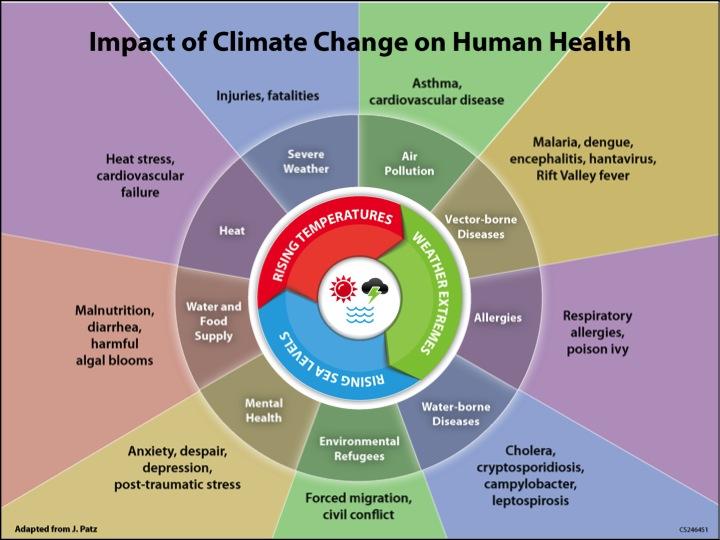![New study findings could help policy makers prioritize the surveillance for pathogens that may respond to climate change and, in turn, contribute to strengthening climate change resilience for infectious diseases. [NIH]](https://genengnews.com/wp-content/uploads/2018/08/ch4336216116-1.jpg)
New study findings could help policy makers prioritize the surveillance for pathogens that may respond to climate change and, in turn, contribute to strengthening climate change resilience for infectious diseases. [NIH]
While some may contest the idea of climate change as contrived or having a subversive political agenda, infectious disease researchers are continuing to gather mounting data supporting the notion that shifts in global temperatures are allowing for the emergence and rapid spread of various microbial pathogens. Results from one such study were just published by investigators at the University of Liverpool and imply that the impact of climate change on the spread of infectious diseases could be even greater than previously thought. The new findings were published recently in Scientific Reports in an article entitled “Systematic Assessment of the Climate Sensitivity of Important Human and Domestic Animals Pathogens in Europe.”
“Although there is a well-established link between climate change and infectious disease, we did not previously understand how big the effects will be and which diseases will be most affected,” explained lead study investigator Marie McIntyre, Ph.D., a research associate epidemiologist at the Institute of Infection and Global Health within the University of Liverpool. “Climate sensitivity of pathogens is a key indicator that diseases might respond to climate change, so assessing which pathogens are most climate sensitive, and their characteristics is vital information if we are to prepare for the future.”
The new study is the first large-scale assessment of how climate affects bacterial, viral, and parasitic pathogens that can cause disease in humans or animals in Europe. The research team is hopeful that their findings will help policy makers prioritize the surveillance for pathogens that may respond to climate change and, in turn, contribute to strengthening climate change resilience for infectious diseases.
The research team carried out a systematic review of published literature on 100 human and 100 domestic animal pathogens present in Europe that have the largest impact on health. Interestingly, nearly two-thirds of the pathogens examined were found to be sensitive to climate—and two-thirds of these have more than one climate driver, meaning that the impact of climate change upon them will likely be multifaceted and complex.
“The climate sensitivity of European human and domestic animal infectious pathogens, and the characteristics associated with sensitivity, were assessed systematically in terms of selection of pathogens and choice of literature reviewed,” the authors wrote. “Sixty-three percent (N = 157) of pathogens were climate sensitive; 82% to primary drivers such as rainfall and temperature. Protozoa and helminths, vector-borne, foodborne, soilborne and waterborne transmission routes were associated with larger numbers of climate drivers. Zoonotic pathogens were more climate sensitive than human- or animal-only pathogens. Thirty-seven percent of disability-adjusted-life-years arise from human infectious diseases that are sensitive to primary climate drivers.”
Diseases spread by insects and ticks (vector-borne diseases) were found to be the most climate sensitive, followed by those transmitted in the soil, water, and food. The diseases with the largest number of different climate drivers were Vibrio cholerae (cholera), Fasciola hepatica (liver fluke), Bacillus anthracis (anthrax), and Borrelia burgdorferi (Lyme disease).
Additionally, zoonotic pathogens—those that spread from animals to humans—were also found to be more climate sensitive than those that affect only humans or only animals. As 75% of emerging diseases are zoonotic, emerging diseases may be particularly likely to be impacted by climate change. However, the investigators stress that zoonotic pathogen response to climate change will also be dependent on the impacts of other drivers, such as changes to travel and trade, land use, deforestation, new control measures, and the development of antimicrobial resistance.
“Currently, most models examining climate effects only consider a single or at most two climate drivers, so our results suggest that this should change if we really want to understand future impacts of climate change on health,” Dr. McIntyre concluded.


